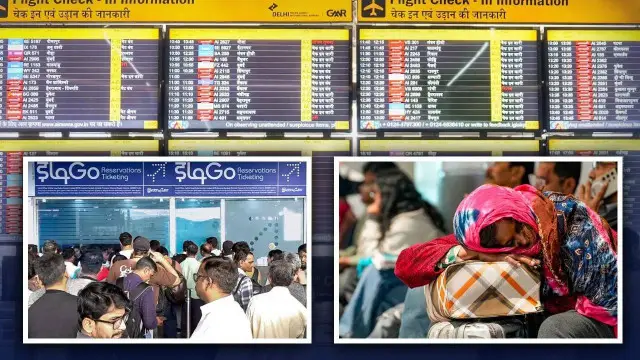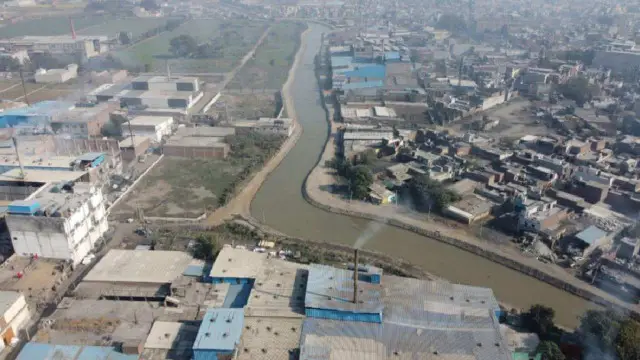Assam Reels Under Severe Floods: Heavy Rains Swell Rivers, Lakhs Affected Across State
The flood situation in Assam has turned critical as of June 4, 2025, with relentless heavy rainfall causing rivers, including the Brahmaputra, to swell beyond danger levels, inundating vast areas

The Assam State Disaster Management Authority (ASDMA) reports that over 6.5 lakh people across 19 districts are affected, with 12 deaths recorded due to flooding and landslides. The deluge, exacerbated by heavy rainfall in neighboring Arunachal Pradesh and Meghalaya, has submerged villages, destroyed crops, and disrupted daily life, prompting urgent rescue operations.
Widespread Devastation
The floods have inundated 1,250 villages across districts like Cachar, Dibrugarh, and Lakhimpur, with Cachar being the hardest hit, impacting over 67,000 residents. Guwahati faces severe urban waterlogging, paralyzing areas like Zoo Road and Anil Nagar due to inadequate drainage systems. Over 12,600 hectares of crops have been destroyed, threatening livelihoods in this agriculture-dependent state. The ASDMA notes that 165 relief camps and 157 distribution centers are sheltering over 21,000 displaced people, with the Indian Air Force aiding rescue efforts.
Climate and Infrastructure Challenges
Experts attribute the escalating flood severity to climate change, with erratic rainfall patterns and extreme weather events intensifying monsoons. A 2024 study highlighted a 30% increase in heavy rainfall in Assam, compounded by deforestation and aging embankments, 295 of which have outlived their lifespan since the 1950s. Heavy rains in Arunachal Pradesh and Meghalaya’s Cherrapunji, which recorded 47 cm in a day, have worsened the crisis by swelling rivers downstream. Poor urban planning and wetland encroachments further aggravate flooding in cities like Guwahati.
Relief and Future Measures
The state government, led by Chief Minister Himanta Biswa Sarma, has deployed the State Disaster Response Force (SDRF) and local volunteers to distribute food and medical supplies. However, damaged roads hinder relief efforts. Long-term solutions, such as restoring wetlands, upgrading embankments, and improving flood forecasting, are critical to mitigate future disasters. As the India Meteorological Department predicts more rain, Assam’s resilience is tested, underscoring the urgent need for sustainable flood management to protect lives and livelihoods
















